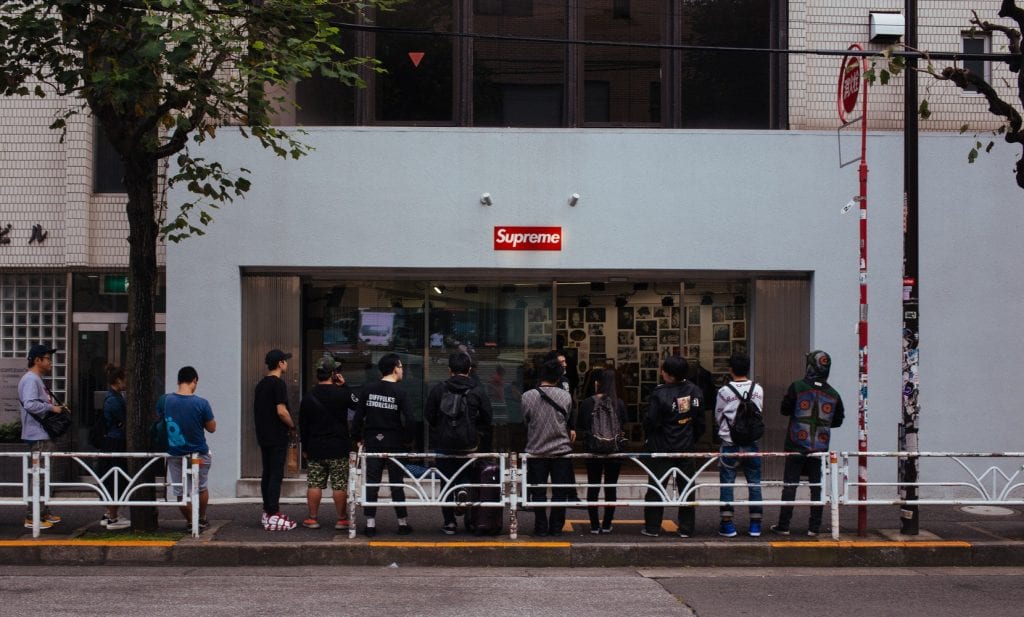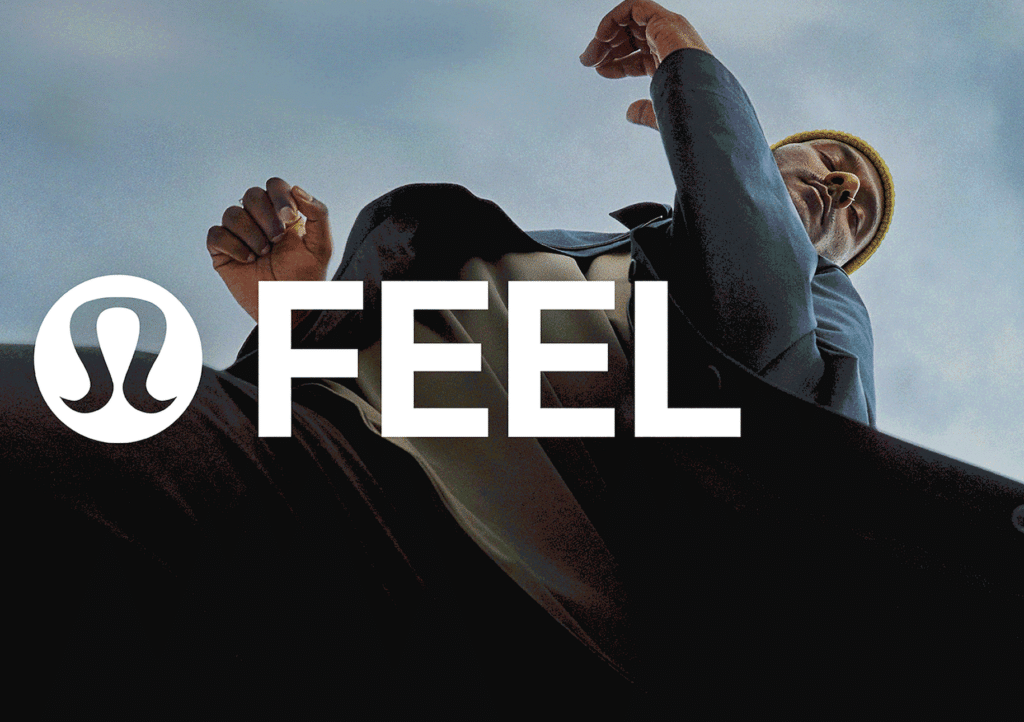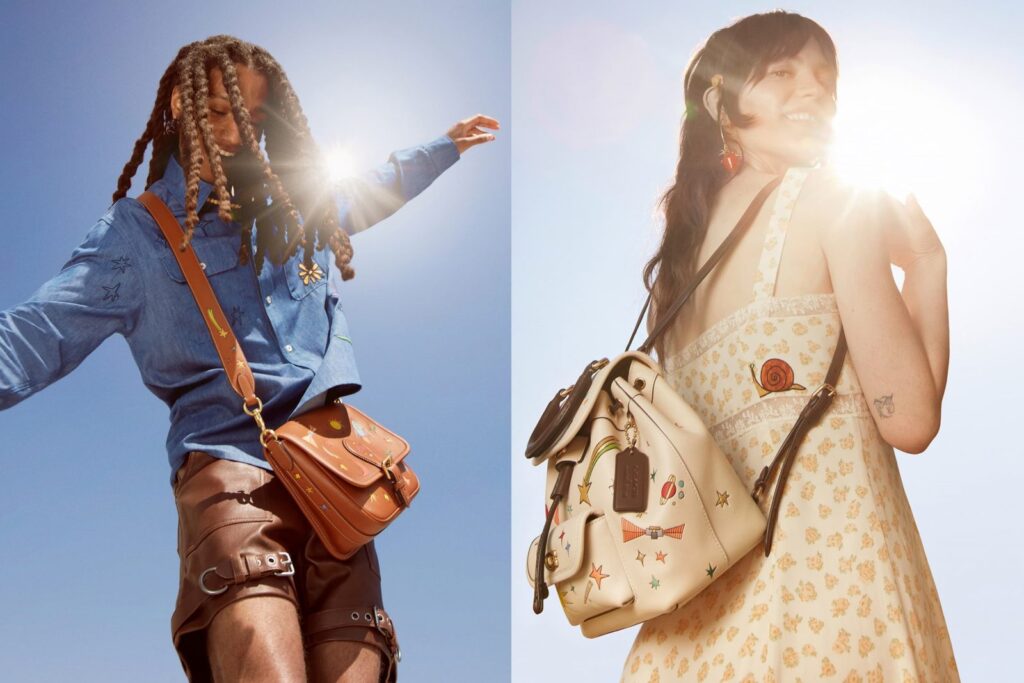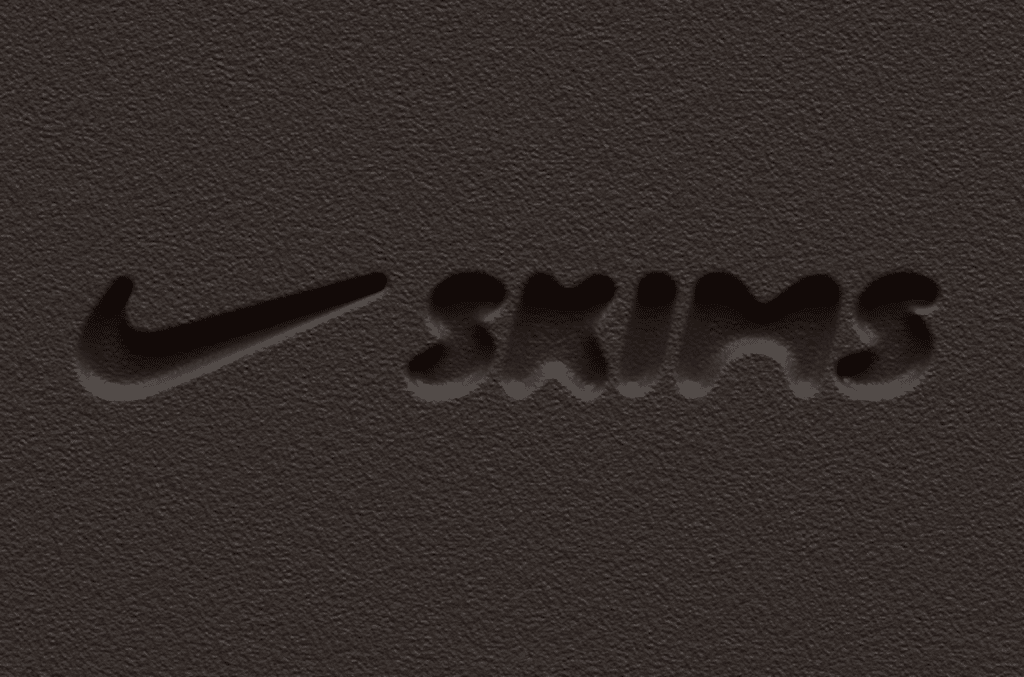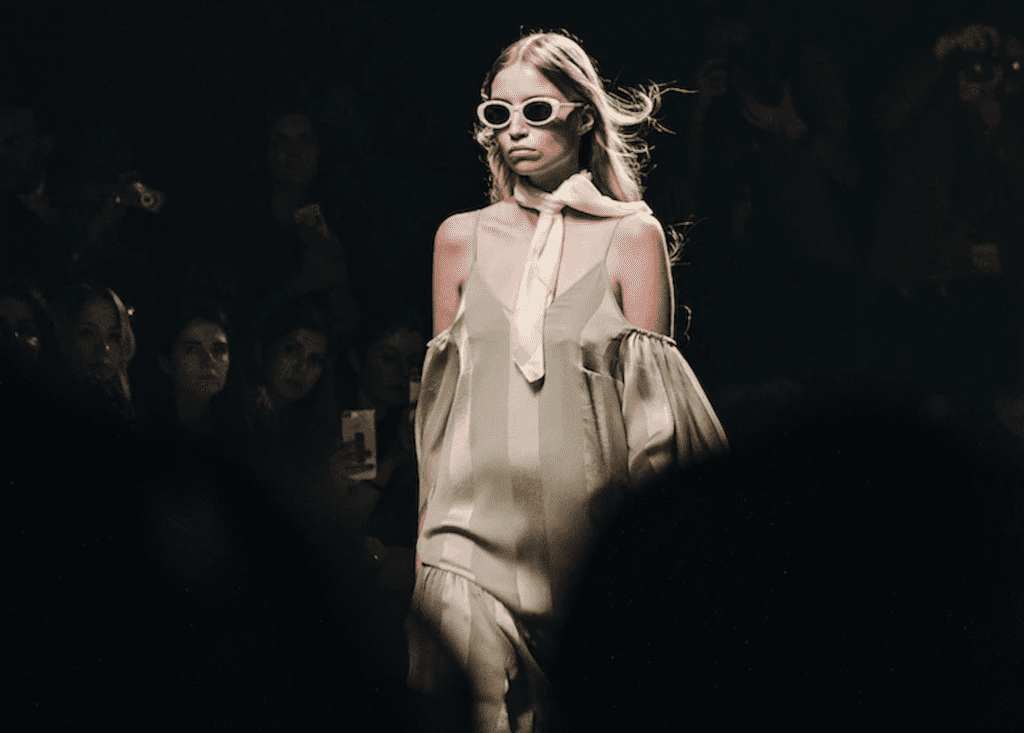“The market of fake garments and accessories is growing yearly and constitutes one of the biggest threats to the global fashion industry,” according to a recently-released report on the state of fake fashion. Online marketing firm SEMrush revealed last week that not only is the volume of fake wares growing (something that global customs agencies have attested to), demand for counterfeits is up, too, with consumers increasingly searching specifically for “fake” and “replica” designer products.
Comparing data from 2017 and 2018, SEMrush found that online searches specifically for counterfeit goods grew by 15 percent year-over-year, with consumers proving to be increasingly “willing to close their eyes to the quality of the goods and [their lack of] originality” in order to get their hands on “designer items at bargain prices.”
For the second year in a row, Supreme – the cult streetwear/skatewear brand that has experienced a marked boom in popularity in recent years, in particular – topped SEMrush’s list of brands for which consumers are seeking out fakes, followed by Ray-Ban, Audemars Piguet, Oakley and Vans.
While Supreme took the top spot on SEMrush’s list of the greatest number of searches for brand-specific fakes, its year-over-year growth was relatively low, amounting to nearly 10 percent for 2018. That is significantly less than the 76.7 percent rise in searches for fake Vans and 23 percent rise for counterfeit Patek Philippe watches.
What explains the lack of double-digit growth for searches of “fake Supreme”? Well, it is not the result of a drop in demand. Instead, low growth is almost certainly due to the fact that searches for copycat Supreme wares spiked in 2017, coinciding with the reveal and release of its collaboration with Louis Vuitton, which ultimately led to less of a surge for 2018, even though the brand still maintains the title of the “most searched brand that people search with keyword ‘replica’ or ‘fake.’”
On a global scale, Supreme continues to wrestle with the influx of fakes, including by way of copycat brands, such as Supreme Italia and Supreme Spain, which have taken advantage of differences in trademark law in jurisdictions around the world to gain rights in the “Supreme” name and built brands that piggyback on the appeal of the one that James Jebbia launched in New York in 1994.




